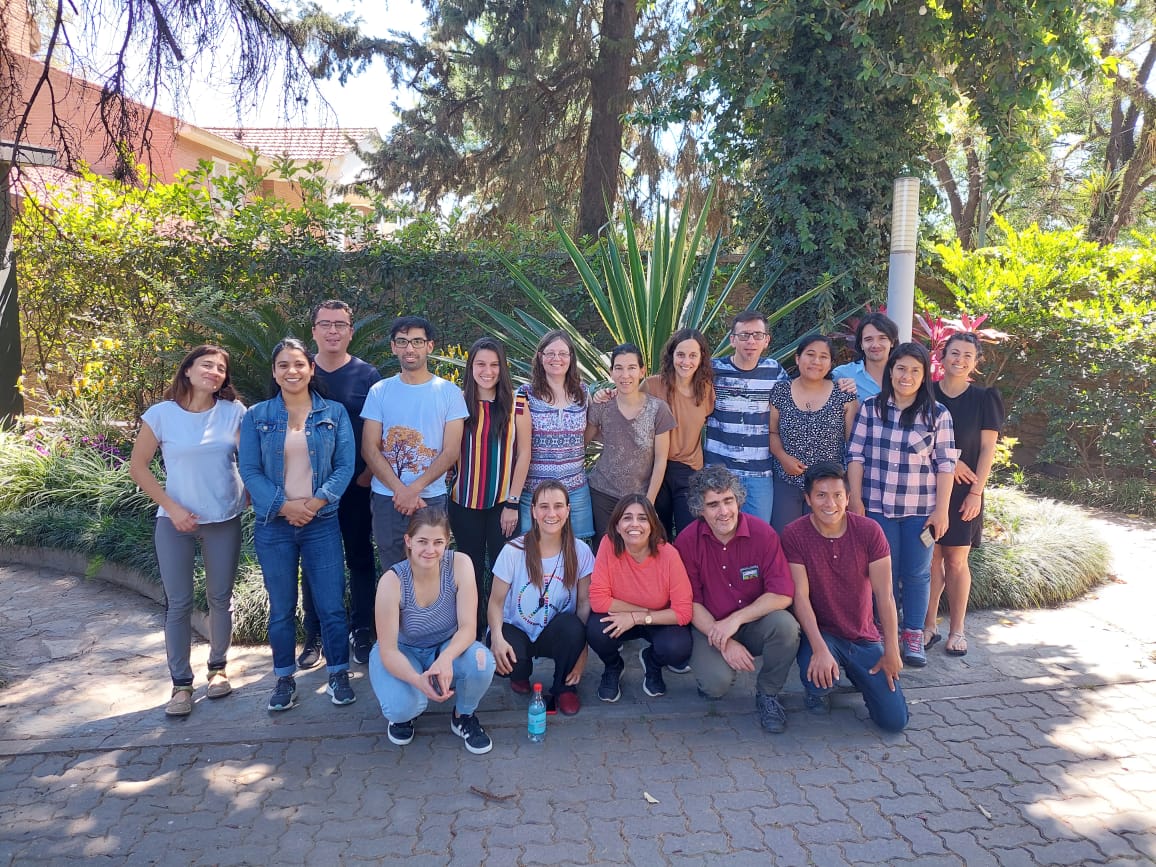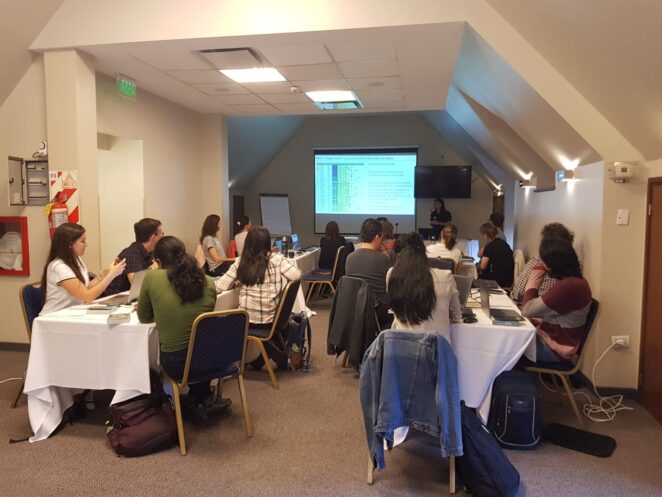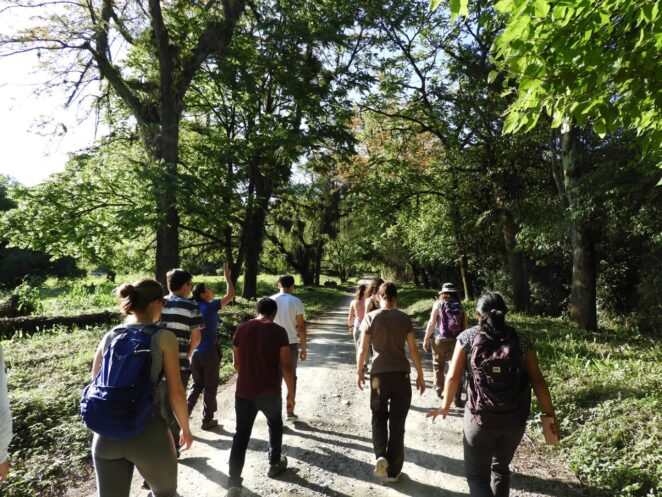The Andes Monitoring Networks strengthen their skills in the course “Analysis of vegetation dynamics data in the Andes”

Summary
Thanks to the sustained work of regional monitoring initiatives such as the Andean Forest Network (RBA) and the GLORIA-Andes Network, research on the dynamics of mountain ecosystems in the Andes has been going on for decades. But how do we consolidate these efforts in the future? How do we integrate new research questions in a changing world that poses new challenges? A key strategy is to strengthen the capacities of researchers in the region, so that they can pose new questions and generate comparative analyses that allow us to better understand the dynamics of these ecosystems, in scenarios of global change.
Researchers from the Andean Forest Network (RBA) and GLORIA-Andes, together with CONDESAN, the Institute of Regional Ecology (Instituto de Ecología Regional, CONICET – National University of Tucumán) and GEO Mountains, with the financial support of SDC (Adaptation at Altitude Program), organized the course “Analysis of data on vegetation dynamics in the Andes”.
The course was implemented in two parts: the first part consisted of an open webinar with six keynote lectures, marked by a large attendance and lively discussions. The speakers addressed various aspects related to the dynamics of the vegetation of the Upper Andean forests and ecosystems in climate change scenarios, the functional diversity of these environments, the impacts of land use change, the problem of invasive exotic species and the use of global environmental databases to interpret these changes. The second part consisted of a face-to-faceworkshop for a week, in which 18 researchers, from all Andean countries belonging to both networks, were intensively trained around data analysis tools to build models that allowed them to understand the response of vegetation in environmental change scenarios, incorporating themarked spatial and temporal heterogeneity characteristic of the Andean mountains.

The workshop was held in Tucumán, Argentina, and was taught by two renowned specialists in statistics and modeling in ecology, Agustina Di Virgilio and Teresa Morán-López. It was a unique opportunity to bring together young researchers with more experienced researchers from both networksand to discuss strategies for strengthening South-South cooperation around long-term monitoring in the Andes; there was time also to take a tour of permanent monitoring plots maintained by the IER in the Sierra de San Javier since 1990 and discuss the environmental history and changes in the landscapes of these sub-tropical forest environments.

The concrete result of this process will be the elaboration of at least two new scientific articles, in which researchers from the RBA and the GLORIA-Andes Network with long experience, and the new researchers trained in person in Tucumán, will collaborate. But the idea is to go beyond these publications and give a new impetus to continue the collaborative work of these networks of Andean scientists committed to the long-term monitoring of the dynamics of vegetation in our mountains.
- Outcomes of Training Course "Analysis of Vegetation Dynamics Data in the Andes in the Current Scenario of Global Change”
- The Monitoring Networks of the Andes strengthen their capacities in the course "Data analysis of vegetation dynamics in the Ande
- Workshop Course - Analysis of data on vegetation dynamics in the Andes in global change scenarios
- Sixth Global Meeting of Mountain Partnership: Strengthening of the Andean Mountain Initiative
- Andes Resilientes al Cambio Climático Project (Resilient Andes to Climate Change)
- Tanks, tunnels and determination - how rainwater harvesting and greenhouses lift smallholder resilience in the Columbian Andes
- Climate-Smart Livestock Production in Ecuador
- Adaptation to the Impacts of Climate Change on Water Resources in the Andes (AICCA), Ecuador

Comments
There is no content